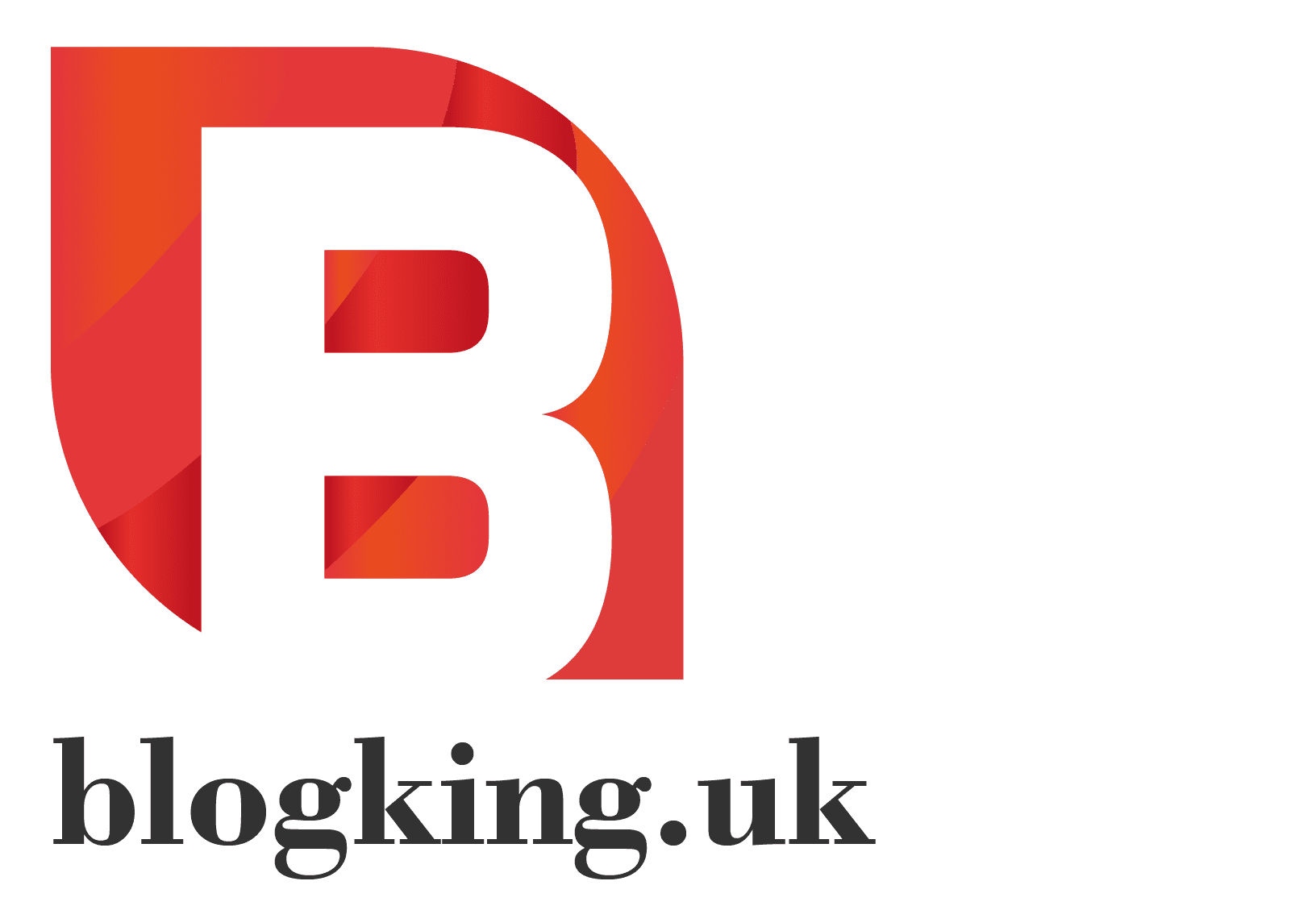In today’s fast-paced business world, effective product sourcing strategies are key to success. They help you stay ahead in the market. By improving how you source products, you can strengthen your relationships with suppliers.
This leads to cost savings and meeting the changing needs of UK consumers. Optimising your sourcing not only cuts costs but also keeps you quick to adapt to market shifts. This article will show you how to improve your product sourcing. It aims to help your business thrive in the long run.
Table of Contents
Key Takeaways
- Understand the importance of product sourcing strategies in business operations.
- Learn how to optimise sourcing for better supplier relationships.
- Emphasise cost-effective procurement in your sourcing practices.
- Align your sourcing approaches with market demands in the UK.
- Enhance agility and responsiveness through refined sourcing methods.
Understanding the Importance of Product Sourcing
Product sourcing is key to business success. It helps find reliable suppliers, improving product quality and efficiency. This focus boosts both product range and customer happiness.
Role of Sourcing in Business Success
Good sourcing makes a company stand out in the market. It involves carefully choosing suppliers for a solid supply chain. This leads to consistent quality and timely delivery, winning customer loyalty.
Impact on Cost Management and Profit Margins
Cost management is vital, and sourcing plays a big part in it. By getting better deals and managing supplier relationships well, costs go down. This increases profits. A smart sourcing strategy helps keep costs stable and supports financial planning.
Setting Clear Sourcing Goals
Creating clear sourcing goals is key to good procurement strategies. Before you start working with suppliers, you need to know what’s important to your business. This could be saving money, making sure products are made ethically, or focusing on quality.
Identifying Business Priorities
Knowing what matters most to your business is critical. These priorities affect both your day-to-day work and your future plans. Building strong relationships with suppliers can help. It ensures you work with partners who have the same values and goals.
This approach can lead to better negotiations and lower risks in sourcing.
Aligning Goals with Sourcing Models
After figuring out your priorities, it’s important to choose the right sourcing models. Models like dropshipping, wholesale, or private labeling have different benefits. They can meet your specific business needs.
Using the right model helps you manage resources well and saves you from trying too many things. For tips on creating a solid sourcing strategy, check out this resource.
Product Sourcing Strategies for the Modern Business
In today’s fast-changing world of business, knowing about different product sourcing strategies is key. Choosing between dropshipping, wholesale, and private labeling can really affect how well your business does. It’s important to pick the right one for your business needs.
Dropshipping vs. Wholesale vs. Private Labeling
Dropshipping means selling products to customers without keeping any stock. It’s great for businesses that want to start small and be flexible. Wholesale lets you buy lots of products at a discount, but you need to pay upfront. Private labeling lets you create your own branded products, which can make your brand stand out.
Choosing the Right Strategy for Your Business Needs
Choosing the right product sourcing strategy depends on your business goals and what the market wants. You should think about:
- How much money you can invest at the start
- How much control you want over product quality and branding
- Where you want to position your business in the market
- How fast you want your business to grow
By considering these points, you can decide if dropshipping, wholesale, or private labeling is best for your business.
Building Strong Supplier Relationships
Strong supplier relationships are key to good product sourcing. Building trust and keeping communication open with suppliers boosts your business. These relationships ensure steady product delivery and unlock benefits not found in weaker partnerships.
Trust and Communication
Trust is vital in any business tie. Trust with suppliers leads to open talks. This makes for better deals and quicker delivery.
Having a trusted supplier helps solve problems fast. This saves time and money. Regular talks and clear expectations strengthen these ties, making your sourcing more reliable.
Long-Term Partnerships and Their Benefits
Long-term partnerships with suppliers bring big wins. They give you early access to new products and innovations. This puts you ahead of the competition.
As you grow, suppliers may offer better deals. This can cut costs and boost profits. Strong ties also protect your supply chain in tough times.
Exploring Multiple Sourcing Channels
Understanding the importance of sourcing channels is key for today’s businesses. They aim for sustainability and growth. By having a variety of suppliers, you can manage risks better. This keeps your operations steady, even when things go wrong.
Using online marketplaces makes finding products easier. It also lets you find better deals and more suppliers. This is good for your business.
Diversifying Supplier Base for Risk Mitigation
Having a diverse supplier network reduces risks. If one supplier has problems, others can help out. This keeps your business running smoothly.
Supplier diversification brings many benefits. It includes:
- Less risk from supply chain problems
- More power to negotiate with suppliers
- Access to more products and new ideas
Benefits of Online Marketplaces for Product Discovery
Online marketplaces like Alibaba and eBay are very important. They make it easy to find suppliers and compare what they offer. The advantages are:
- Quicker and easier product research
- A wide range of products to choose from
- Clear information on supplier quality
Leveraging Technology for Efficient Sourcing
Using technology in sourcing is key for businesses wanting to improve. With the right tools, like product discovery and supplier management systems, you can make things more efficient. Automation helps reduce manual work, letting you focus on making strategic decisions.
Tools for Product Discovery and Supplier Management
Advanced software for product discovery gives you insights into market trends and supplier performance. These tools work with supplier management systems to improve communication and build strong relationships. Cloud-based platforms for sourcing information help teams work together and make data-driven decisions.
For more on these tools and how they work, click here.
Automation in Sourcing Processes
Automation in sourcing makes things simpler and boosts productivity by reducing manual tasks. It lets your team focus on important tasks and make decisions based on data. Automated systems track prices and manage stock, keeping your business competitive.
Companies using accounting automation have saved a lot, opening up chances for better sourcing. To learn more about how technology and automation can help with cost management, check here.
Prioritising Quality Control and Testing
Keeping product quality high is key for any business. It helps meet customer needs and keeps your reputation strong. Good quality control and testing ensure your products always meet standards. This boosts your efficiency and gains customer trust.
Implementing Quality Assurance Protocols
Quality assurance means following strict processes to check products before they’re sold. Setting up solid quality assurance plans helps follow product standards and spot production issues. This protects your brand and supports your business goals.
Customer Feedback as a Quality Benchmark
Listening to what customers say is very important. It shows how good your product is. By talking to customers, you learn what needs work. This helps make your products better and meet customer expectations.
| Quality Control Aspect | Importance | Examples |
|---|---|---|
| Testing Protocols | Ensures products meet safety and performance standards | Lab tests, quality inspections |
| Quality Assurance | Prevents defects and minimises variability | Standard operating procedures, audits |
| Customer Feedback | Drives improvements and innovation | Surveys, customer reviews |
| Product Standards | Sets the benchmark for quality | ISO certifications, industry guidelines |
Understanding Tariff Terrain in Global Sourcing
For any business in global sourcing, knowing tariffs is key. It’s not just about the product price. It includes shipping costs and import duties too. Understanding these helps businesses keep prices competitive.
Calculating Landed Costs Effectively
Landed costs are the total cost of bringing a product to your location. To figure these out, look at a few things:
- Product price
- Shipping charges
- Customs duties
- Insurance costs
- Handling fees
Each part affects your budget. Knowing this helps you make smart choices in your sourcing plans. Accurate landed cost calculations prevent surprise expenses, helping you control your finances better.
Mitigating Tariff Risks with Strategic Planning
Tariff risks can be big hurdles in global sourcing. It’s important to stay updated on trade policies to avoid these risks. Strategic planning helps businesses find ways to lower tariff risks, like nearshoring.
This approach keeps costs down while keeping product quality and delivery times good. It helps your business stay competitive and protect profits.
Inventory Management Techniques
Keeping stock levels right is key for smooth operations. Using the right techniques helps you meet market needs and handle supply chain changes well. Knowing different tools and strategies can make your inventory process smoother and keep stock levels balanced.
Utilising Tools to Optimise Stock Levels
Using top-notch inventory management tools is a big help. They let you track and forecast in real-time, so you can quickly adjust to demand changes. Methods like Just-in-time (JIT) help cut down on costs by only holding what’s needed.
Strategies like Economic Order Quantity (EOQ) help find the best order sizes. This reduces costs for holding and ordering stock. For more tips on managing inventory, check out inventory management resources online.
Managing Supply Chain Fluctuations
It’s vital to manage supply chain ups and downs to keep your business running smoothly. Cross-docking can cut down on warehousing needs by getting products ready for shipping right away. Building strong ties with suppliers through regular talks can help avoid stock surprises.
Using vendor-managed inventory can keep stock levels up without relying too much on your own resources. For dropshipping, setting clear expectations with suppliers is key to managing inventory well. Understanding these points helps streamline your operations and improve how quickly you can respond.
Product Sourcing Strategies for Long-Term Success
Long-term sourcing strategies are key to lasting success in product sourcing. Regular checks and tweaks to your approach help you keep up with market changes. This way, you stay ahead of the competition.
Businesses that build strong sourcing plans are more resilient. They also see more success over time.
Regular Evaluations and Adjustments
Checking your sourcing often lets you see how suppliers are doing and if costs are right. You can then tweak your plans to meet your goals. Making changes keeps things running smoothly and helps you stay quick to adapt.
This approach keeps your business safe from surprises. It also helps build strong relationships with suppliers.
Staying Agile in a Competitive Market
Staying flexible in a fast-changing market is vital. Keep an eye on what customers want and new chances in the market. Using tech to track trends helps you make quick changes to your plans.
This flexibility keeps you competitive. It lets you serve customers well and source sustainably.
Conclusion
In today’s fast-changing business world, making your product sourcing better is key. Building strong ties with suppliers and improving how you source things can make your business thrive. By focusing on reliable partnerships and planning well, you can work more efficiently and keep up with market shifts.
Using good sourcing strategies is vital to stay ahead in the market. By always looking to improve your sourcing, you can tackle challenges and grab new chances. Also, caring about the environment can make your supplier relationships stronger and boost your brand’s image.
Remember, making your product sourcing better is a journey, not a one-time task. For more tips on building strong sourcing systems, check out product sourcing best practices. This will help your company stay at the forefront.









